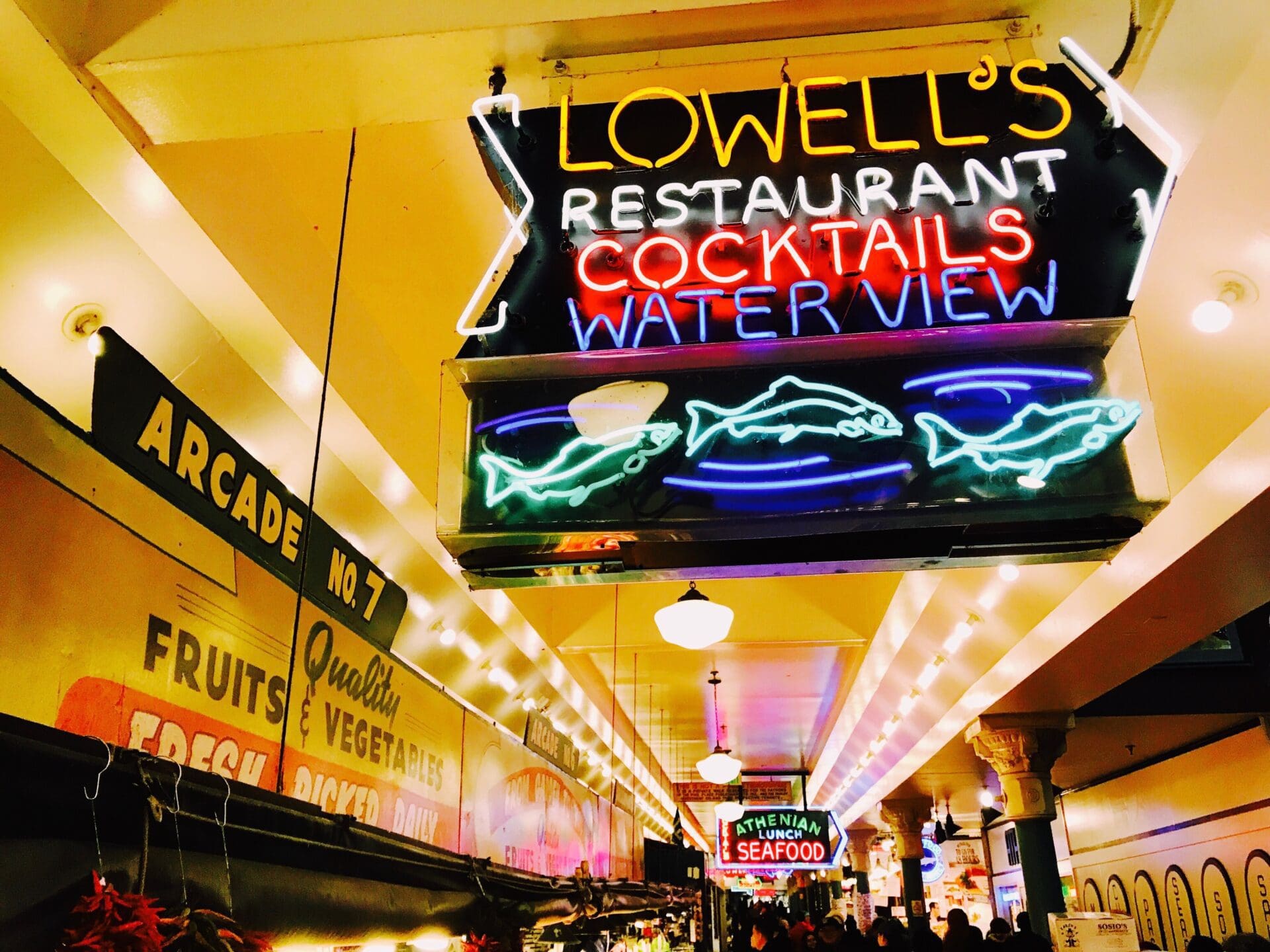Architectural Signs vs Commercial Signs: What’s the Difference?

When it comes to your business, you will be required to incorporate a variety of ADA compliant sign solutions internally, externally and in various parts of your building. Whether you are a part of the retail industry, restaurant industry, or hotel industry, incorporating proper commercial, architectural signs and more will be important.
To start you off, Identity Group has created a quick guide to walk you through the differences of commercial and architectural sign solutions. While you will likely need to incorporate both into your business, understanding the main differences between necessary business signs can help in your property planning process.
Here’s what you need to know about the differences between archit and architectural sign solutions:
- What is the Difference?
- Architectural Signage
- Commercial Signage
- IDG Sign Solutions
What is the Difference?
When it comes to different signs you will need for your business, commercial and architectural signs will likely be needed. Commercial signage typically defines the box retail structure. This means signs in this category are typically made to promote general branded identity that cover a portion of your facility.
On the other hand, architectural signage serves to enhance and promote a client’s brand identity, but is mostly incorporated to complement the architectural design of a facility. In architectural signage, as brand identity usually doesn’t stand out as much as in commercial signage, the purpose is often for general wayfinding, decor and more.
Architectural Signage
Architectural signage, on the other hand, uses materials that naturally occur in your building’s exterior or interior architectural design. In order to incorporate these signs into the overall design of your building, aluminum, stainless steel, glass, stone, and other natural materials can be used. Moreover, with architectural signs, there will be a higher level of detail expected in order to create a seamless, cohesive look within the building.
Incorporating building materials into architectural signage complements the architecture of the building. With proper maintenance, architectural signage can last for many years. Popular architectural signs will often include ADA compliant wayfinding signs, directory signs, safety signs and more. Architectural signage can also incorporate seamless modular panels for brand identity or tenant updates.
Architectural signage has three requirements:
- Match the architectural environment/design
- Accurately communicate a wayfinding message
- Integrate the client’s brand identity
Architectural Sign Materials and Construction
While commercial signage defines the facility’s exterior, architectural signage complements, integrates and enhances the architectural design
- Aluminum & Steel
- Stainless
- Brushed
- Natural Stone
- Marble
- Granite
- Sandstone
- Fiberglass
- Glass
- No exposed or visible fasteners
- No obvious seams, highly-detailed construction
- Facility Integration
Both commercial and architectural signage provide site identity solutions, but architectural signage is the best method for communicating the wayfinding solution for the facility.
Architectural Signs with IDG:
- Economical ADA Solution
- Pre-designed to save you time and money
- Custom Materials & Color Options
- ADA compliant with tactile font & grade 2 braille
- In stock for immediate shipment
- Custom Molded Plaques available in quantities of 250 or more
- Colors Include
- Black
- Beige
- Light Gray
- Navy Blue
- Letter & Graphic Colors
- White on black plaques
- White on blue plaques
- Black on beige plaques
- Black on light gray plaques
Visit Identity Group to learn about ADA compliant signs!
Commercial Signage
Although commercial signage is typically mass-produced for a variety of establishments, this does not mean commercial signs are cheaply made. Based on a viewing distance of approximately 20 feet, the fabrication techniques require precise and accurate brand replication. Many commercial sign stocks include heat-formed or molded plastic elements that can be replaced if they have outlived their intended life-cycle or if your branding has changed.
Often, a retail facility is mostly defined by its commercial signage rather than its architectural features. While architectural signage is incorporated into the landscape design of the facility, commercial signage can be easily altered or changed to fit your unique branding and identity. This can be perfect for retail establishments who may change locations more frequently.
These commercial sign solutions can be built in a variety of colors, textiles and through varied chemical processes.
IDG Sign Solutions
Having proper ADA compliant business signage is no longer an option for companies. Regardless of the industry you’re in, or how many buildings you own, you will want to ensure that you’re meeting ADA requirements. Creating custom ADA signs will ensure a great experience for all your visitors and employees, which will help you reflect your brand well.
Identity Group in Nashville, TN has everything you need to set your business apart. To begin building your unique sign solutions…
